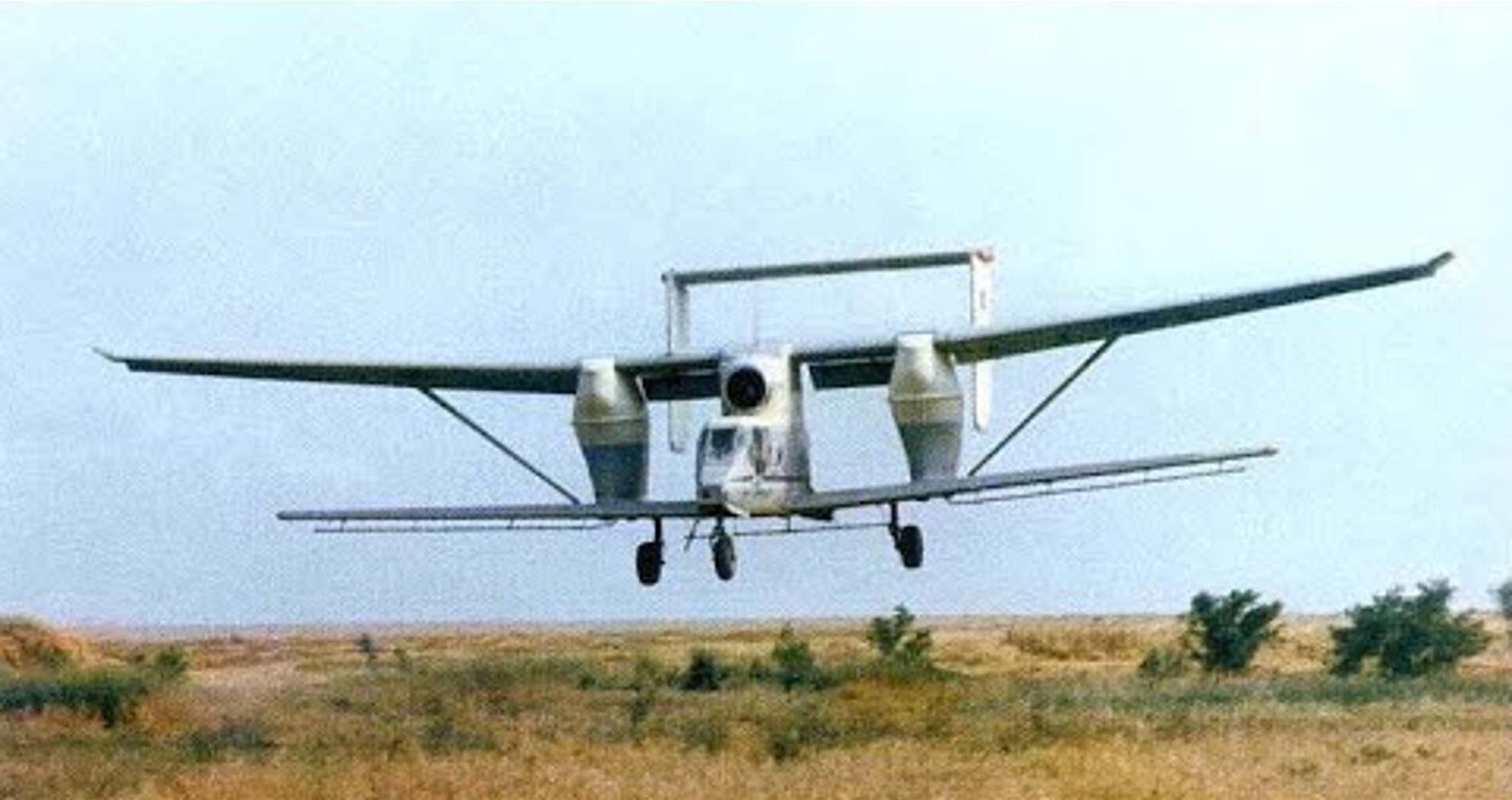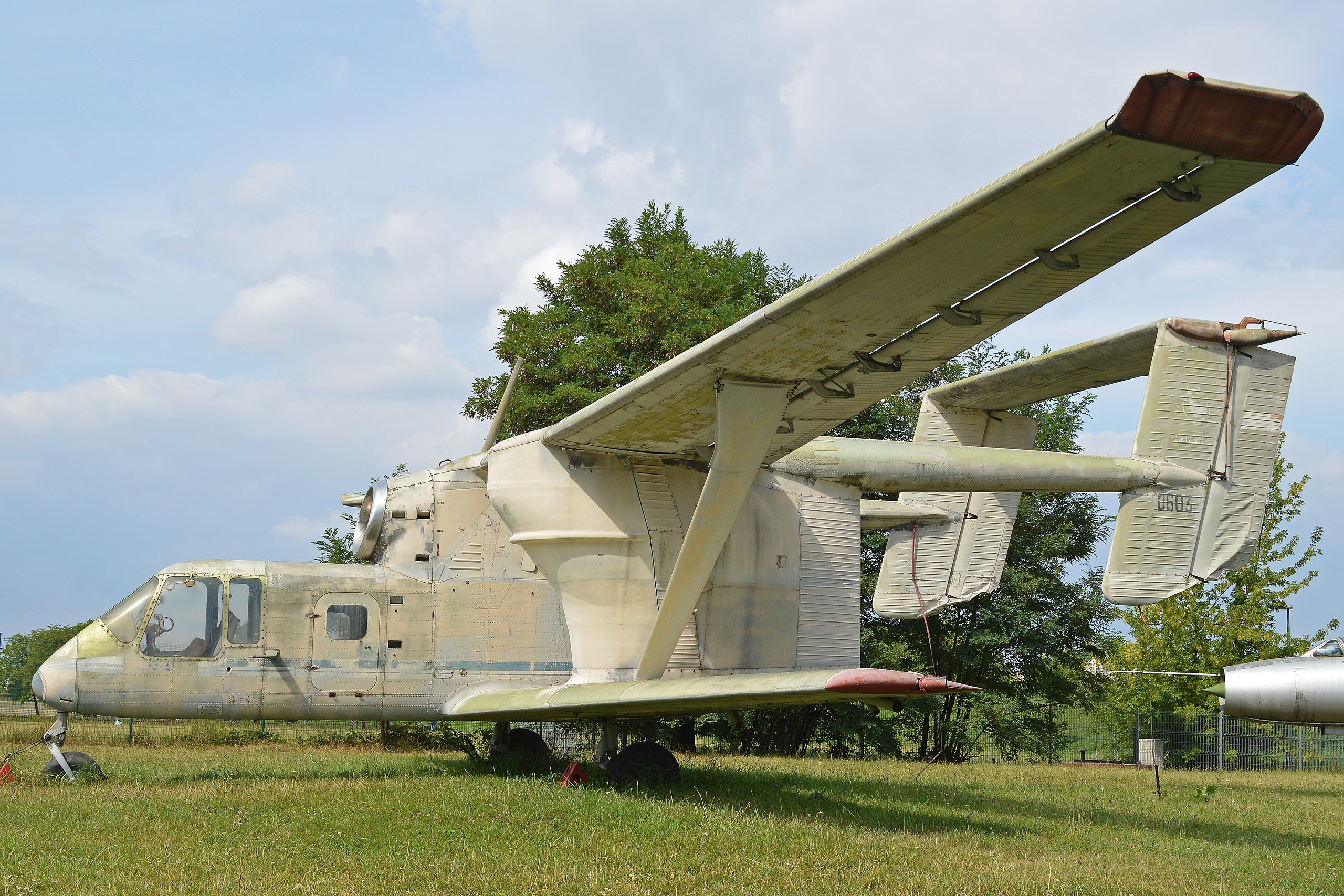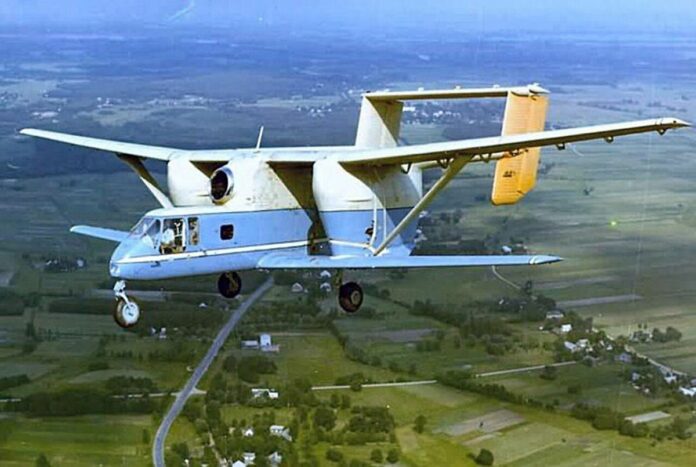The PZL M-15 was an unconventional aircraft, from its somewhat bizarre appearance to its performance and eventual cancellation after being the only jet turbine-powered crop duster aircraft ever to be manufactured. Designed by Polish aircraft manufacturer WSK PZL Mielec, the M-15 was developed in the early 1970s as the Soviet Union began the search to replace the widely-used single-engine Antonov An-2, specifically for aerial application. The Soviets aimed for a more modern aircraft suitable for their extensive collection of state-owned agriculture.

In 1971, representatives from the Soviet Union engaged with WSK PZL-Mielec, articulating their desire for this new aircraft. Having already produced the agricultural Antonov An-2R under license, WSK PZL-Mielec was well-versed in the design of agricultural aircraft.
Recognizing the value of retaining the successful An-2 characteristics, lead engineers Kazimierz Gocyła and Riamir Izmailov embarked on the design process. Eager to showcase superiority over the West, the Soviets mandated incorporating the latest technology and a jet engine. The engineers persevered despite the challenges of integrating a jet engine into a crop duster designed for low speeds.
They selected the Ivchenko-Progress AI-25 turbofan to include in the design and manufacture of the M-15, the same engine used in the Yakovlev Yak-40 trijet. The M-15 conducted its maiden flight on May 30, 1973, followed by a second prototype eight months later, and the subsequent years involved rigorous testing and constant criticism from the aviation industry for not matching the An-2’s agricultural capabilities.

The M-15 debuted at the Paris Air Show in 1976, earning the nickname “Belphegor” due to its peculiar appearance and noisy engine, the name referencing the mythical Christian demon Belphegor, known for aiding discoveries.
In the same year, production began in anticipation of selling up to 3,000 units to the Soviet Union. However, the M-15’s incorporation of a jet engine increased production costs compared to the An-2. It also proved more expensive to operate, heavier, with half the range of its predecessor.
The nature of agricultural work demanded additional maintenance due to rural airstrip operations. Moreover, An-2 pilots required specialized training to transition to the M-15, complicating the shift between aircraft.

Despite being available for export, the M-15 was exclusively utilized within the USSR, with production ceasing abruptly in 1981 after only 175 aircraft were built. The M-15 failed to replace the An-2, as the older aircraft remained more suitable for aerial application. By the mid-1990s, only a few M-15s were operational, reflecting the aircraft’s unpopularity and unsuitability for its intended purpose. Nevertheless, the M-15 is still the only jet-powered crop duster today and remains the world’s only jet-powered biplane, earning the title of the slowest mass-produced jet.






